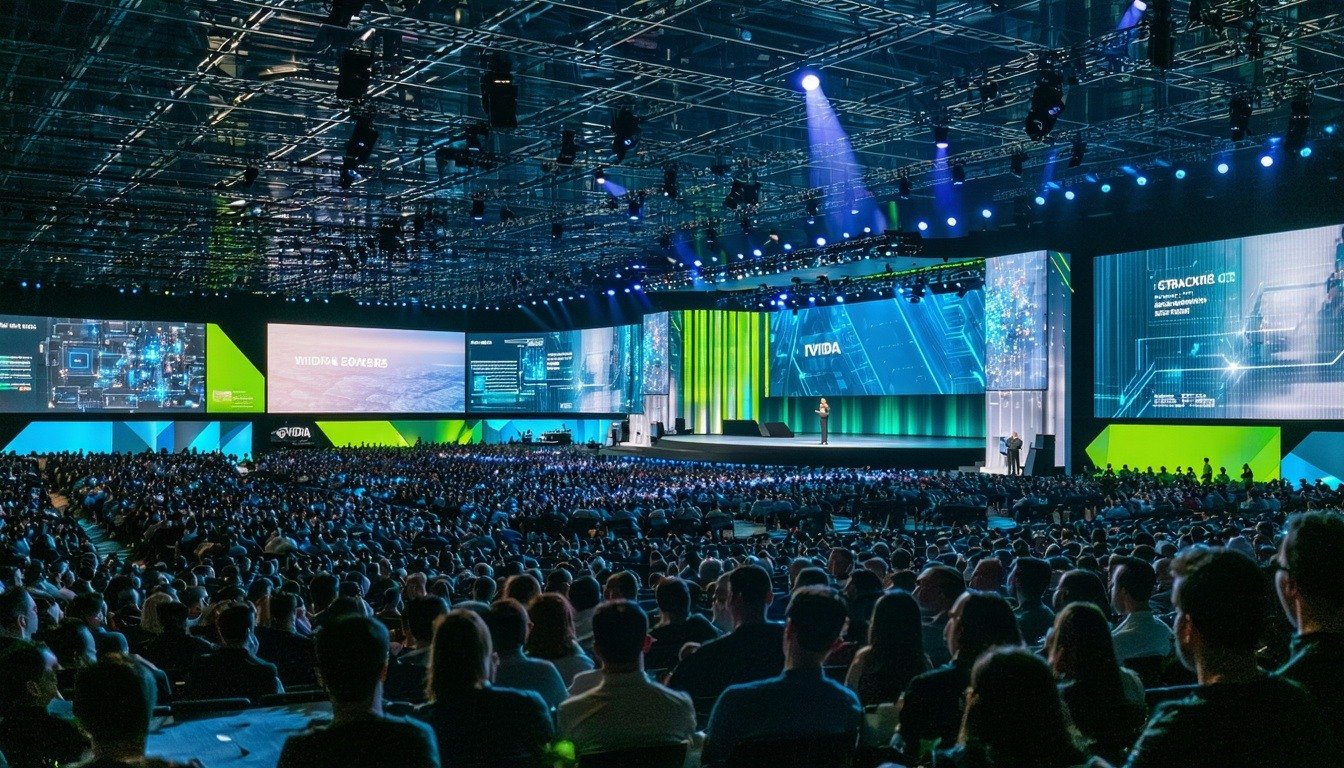Zombie computers, botnets, DDOS, DNS attacks, ransomware - all can be fueled by hordes of insecure devices and malware-infested systems. Devices that have been infected with a specific type of malware which allows stealing of personal data, controlling critical functions, has keylogger and remote access capabilities is usually refer to as a “zombie”. Controlled by fraudsters, clusters of zombie devices forming their own robot network and working in unison for any number of malicious activities are referred to as a “botnet”.
Admin
Recent Posts
On March 8 (2017), Sprint became the first U.S. mobile carrier to officially test the Gigabit LTE service along with partners Qualcomm and Motorola at the Smoothie King Center in New Orleans. The Gigabit LTE service demo launched on its commercial LTE Plus network. The Sprint Gigabit LTE service currently utilizes three channel carrier aggregation (CA), 4x4 MIMO, and 256 QAM. As Sprint continues to trial and roll out its Gigabit LTE service, it also plans to deploy massive MIMOs to further gain coverage and capacity benefits of the technology. A key element of this launch was the forthcoming Motorola Snapdragon 835-based LTE Cat 16 smartphone. Although there are no Gigabit LTE smartphones commercially available currently, there are a few smartphones on the horizon that were recently announced. ZTE and Sony announced Snapdragon 835-based phones at MWC 2017 for launch later this year, and over the course of 2017, we can expect to hear more vendors making a similar announcement. By conducting an official test on a live network with an upcoming Gigabit LTE ready smartphone, Sprint became the first carrier to do so. The Gigabit LTE demo specifically comprised of three Motorola smartphones streaming 4K video simultaneously. Analysts could live test speeds on the demo Gigabit LTE smartphones while its LTE Plus network carried its regular commercial traffic. This was impressive, especially at the Smoothie King Center during a live game when it would be reasonable to expect short-form video data traffic along with other multimedia data traffic. During one test, Motorola smartphones clocked 180.11 Mbps, 192.89 Mbps, and 209.26 Mbps—much higher data rates than what is normally experienced in commercial 4G networks. Although Gigabit speeds may not be achievable in real-life conditions, these tests illustrate that the availability of Gigabit technology increases user data rates significantly.
The RSA Conference is one of the largest conferences globally for the cybersecurity industry (if not the largest), and I attended this year’s event with interest once more. It provides a great opportunity for analysts such as myself to take the pulse on the industry and see where the technology is going. This year, there were over 600 vendors present, and I believe cybersecurity as a discipline is settling in nicely into the mainstream of media attention.
Valentine’s Day Love with my Lenovo Phab 2Pro (safe for work :-))
Feb 16, 2017 12:00:00 AM / by Admin
People, I have fallen hard for the new Lenovo Phab 2Pro, inappropriately on Valentine’s night. I’m talking full-on even-channel-4-wouldn’t-make-a-program-about-it love. When I should have been cuddled up on the couch with my wife enjoying gin cocktails on Valentine’s day, I was instead scanning walls and objects, measuring furniture and even trying to figure out if instead of making marks on a wall I could track my little daughters changing height in 3D.
Augmented and Virtual Reality Promise a Market Revolution, but Not without a 5G Backbone
Feb 1, 2017 12:00:00 AM / by Admin
It is well understood that the continued growth of augmented reality (AR) and virtual reality (VR) will have a far-reaching impact on a number of markets. However, to support this far-reaching impact requires a capable connectivity backbone. A massive bandwidth requirement for premium content experiences combined with ubiquitous all-day device usage will bring about an unprecedented network strain, unable to be fully supported with current network infrastructure. The introduction of 5G, and its continued development over the next decade, will allow mobile AR and VR to reach their full potential across industries.
TV consumption is making a clear migration from broadcast and classic managed IPTV platforms to over-the-top (OTT) delivery. This occurs in both live linear channels as well as with catch-up content, defined as video on demand (VOD) assets of recently aired content played out to consumers while capturing the TV audience. From a business model standpoint, early premium OTT services were based primarily on subscription VOD models (SVOD) and therefore ad-free content. Meanwhile, early online video platforms, generally defined as short-form content like YouTube, relied primarily on pre-roll advertisements. They have done so primarily within the context of dedicated applications (YouTube, Vevo, etc.), which originate the advertising and content from the same server and can coordinate the playback. Newer live linear Pay TV Lite services, supported by mix of subscription and ad supported revenues, are just taking off as a meaningful component of the Pay TV landscape. They grew nearly 50% in 2016 to US$1.1 billion and are expected to grow at a 44% annual growth rate through 2021 to represent US$6.8 billion in subscription revenues.
Every so often Amazon makes announcement that looks like a Ryanair publicity stunt; something that sounds remotely plausible but in reality is a non-starter. The difference is that these are very much starters. We have seen the drone, the bookstore and even Amazon Dash and now we have the payless store. No more queues, no more coupons, no more loyalty cards, no more neural network-like calculations on the shortest line to join; you walk in, pick up your stuff and walk out again, simple as that. The problem is that to enable this simplicity requires a technology that doesn’t seem to exist right now.
FCC Chairman Tom Wheeler published an interesting letter addressed to Senator Mark Warner, in response to his questions asking what the FCC is planning to do regarding the well-publicized IoT DDoS attack powered by Mirai & co botnets. Mr. Warner puts it well when he states that “Mirai’s efficacy depends, in large part, on the unacceptably low level of security inherent in a vast array of network devices”. And he is right to be concerned.
Sports leagues, advertisers, and broadcasters looking to impress sponsors, develop their future technology platform, and impressed fans have started to invest in at least a single UltraHD camera rig and production system, capable of producing a predictable pace of premium UltraHD content. Many distributors today are thinking of delivering this content as demonstrations, with a relatively few offering ongoing services in UltraHD. Some recent UltraHD content distributed to consumers, including sports and arts content, includes:
The promise of investment for securing industrial control systems (ICS) has remained relatively unfulfilled in the past few years since the first shockwaves resulting from the discovery of Stuxnet in 2009. Industrial operators have been slow to implement comprehensive cybersecurity mechanisms within their facilities. Cost factors, legacy equipment, skills shortage, and low risk awareness all contribute to the poor state of affairs in ICS security, despite best intentions.




